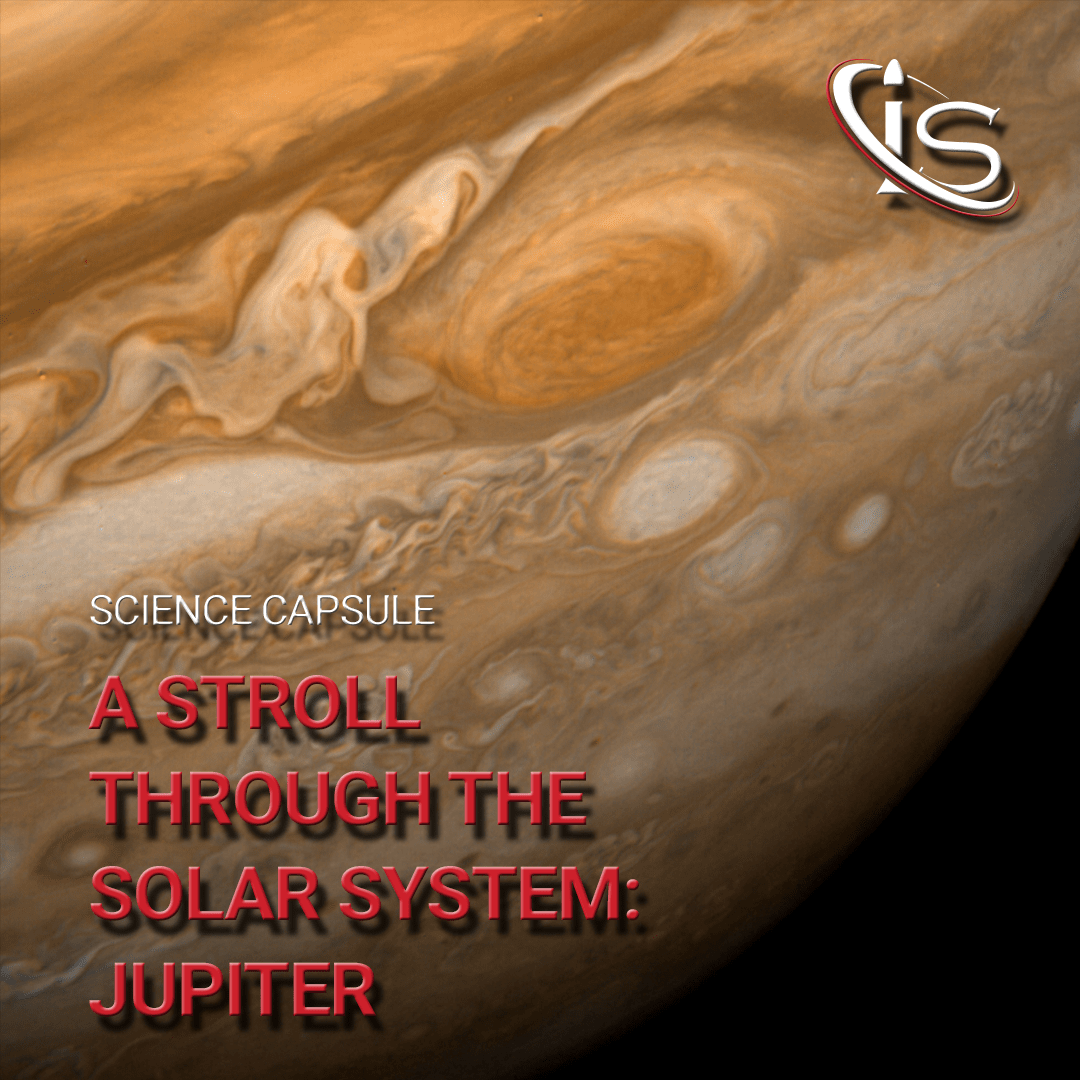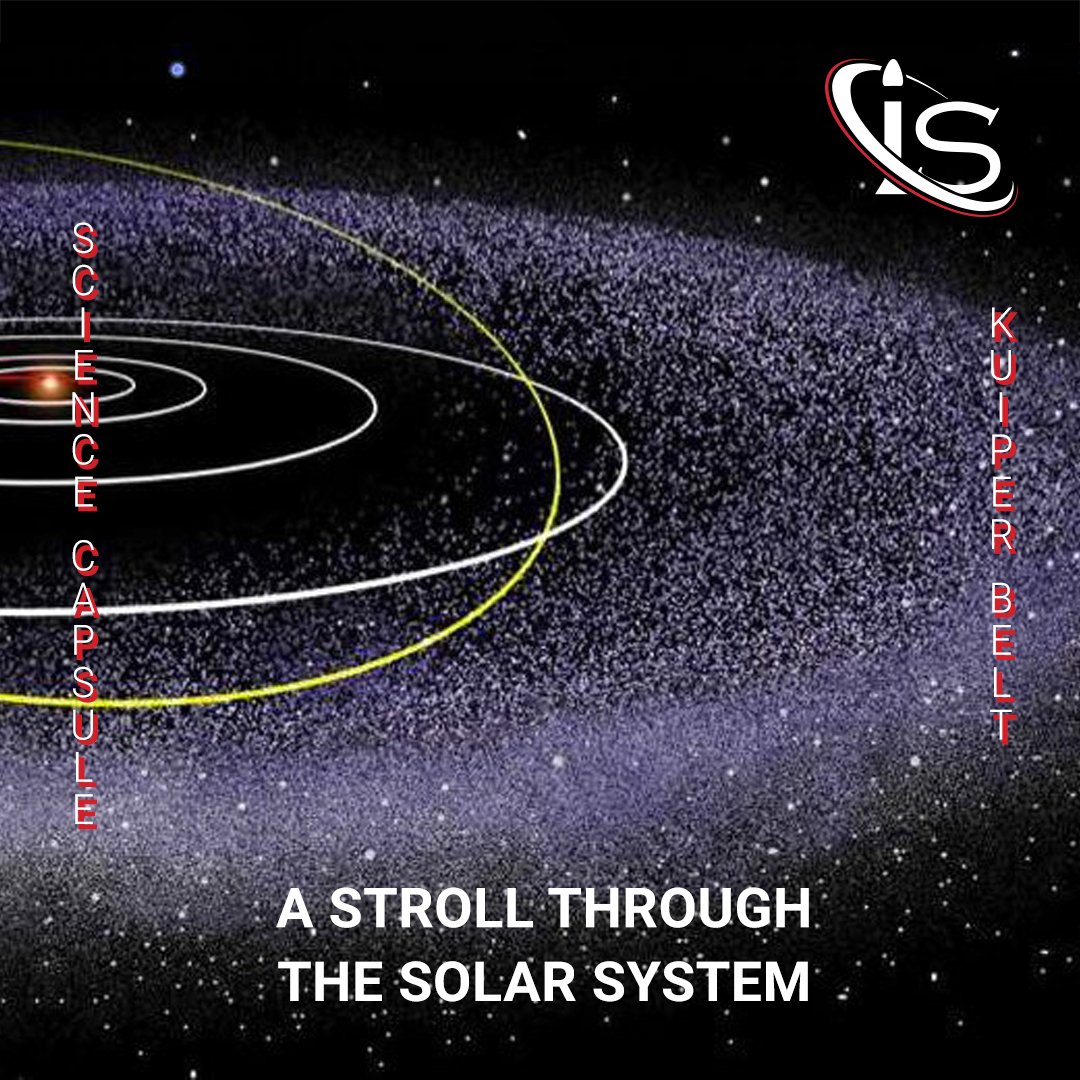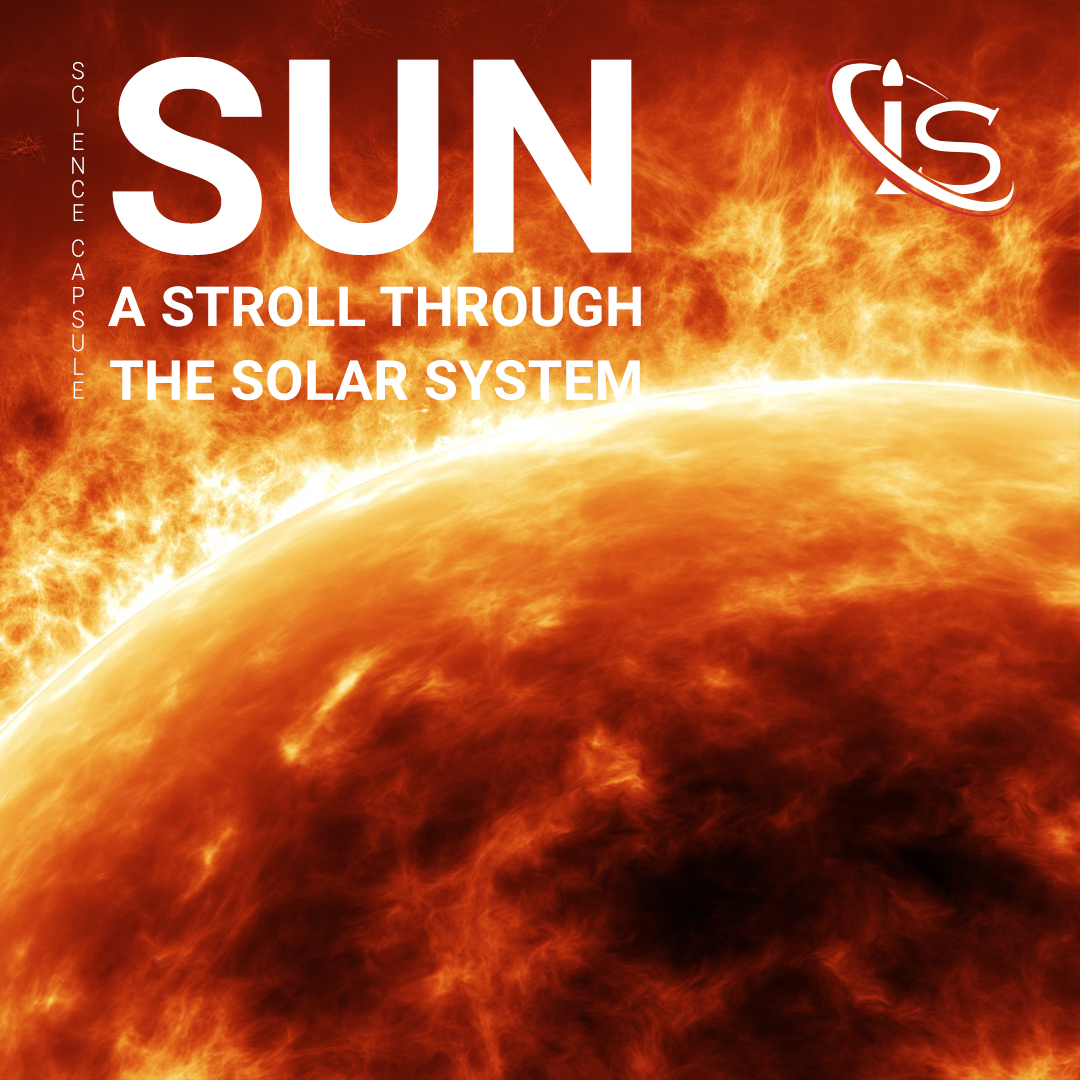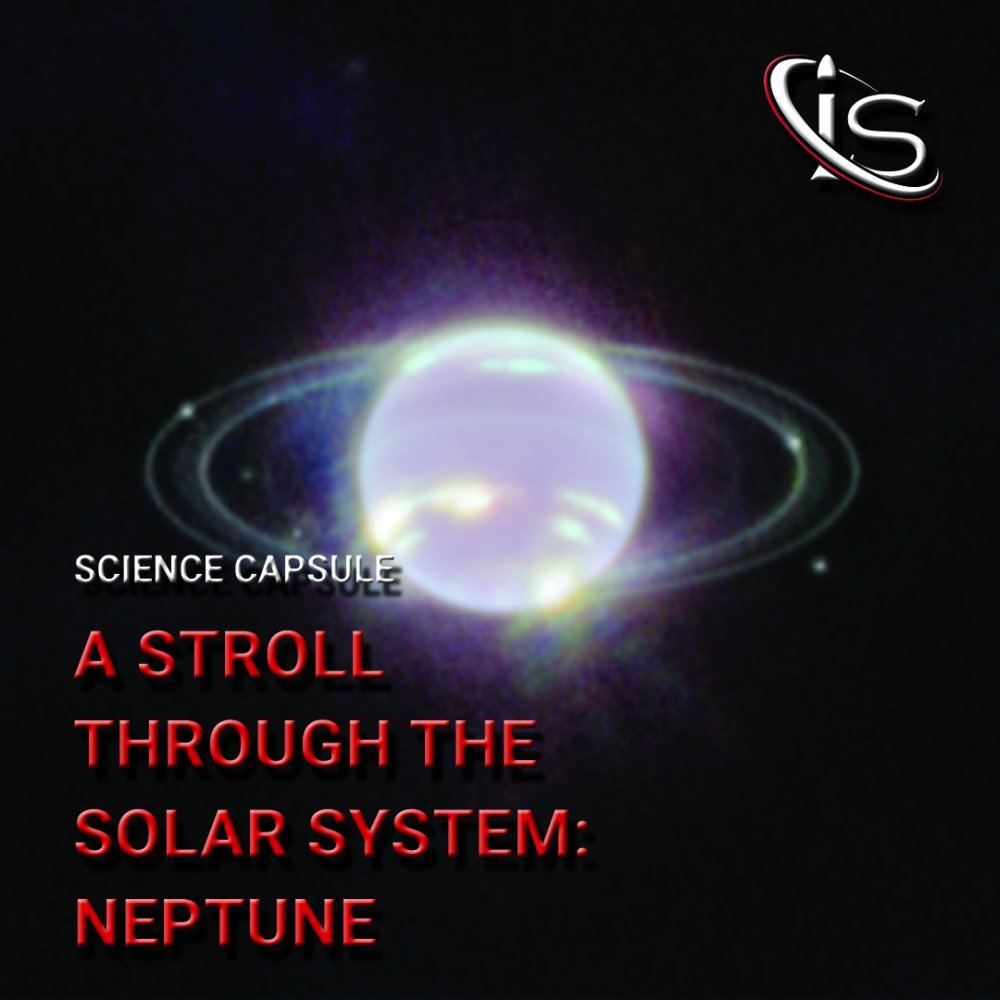In previous Science Capsules, we discussed how satellites stay in orbit, and the different orbits they can occupy. But what about planets? How do they orbit stars? Well, the answer comes in threefold with Kepler’s Laws. As a quick background, Kepler was a German astronomer, born in 1571, right in the middle of the Scientific Revolution. This historical period, for anyone who is not aware, was arguably the first time since the Roman Empire that Western Europe started exploring new scientific concepts. However, the transition to this era was not a smooth one. Coming off the back of the Middle Ages, most of Western civilization was still looking to the Church for everything, including scientific matters. Therefore, scientists questioning the Church’s teachings, such as Copernicus and Galileo with their heliocentric model of the Universe, were not treated kindly by the religious institution.

Many will remember when Galileo was made to renounce his beliefs that the Earth revolved around the Sun because of his iconic quote regarding Earth’s motion, “Eppur si muove” (And yet it moves.) Still, the need for scientific change was there. And with it came a movement of new ideas. One that would also contribute to the birth of the Enlightenment. This is what we have come to know as the Scientific Revolution. And here is where Kepler, with his laws of planetary motion, took center stage.
How Kepler Changed the World of Astronomy
Before tackling the motion of planets, Kepler was a mathematics teacher. This math background would turn out to be crucial for the work he ended up doing in astronomy. After all, he was not the first one to hypothesize that planets were orbiting the Sun. Therefore, to leave his mark on the field, he needed to do something different from his predecessors. That something turned out to be the mathematical formulation for a planet’s orbit. This feat is even more impressive when considering that Kepler did not have access to one of math’s greatest tools, calculus. In fact, Sir Isaac Newton was not even born by the time Kepler died. Regardless, Kepler was able to use the math and physics at his disposal to come up with the laws of planetary motion that are still used to this day.
Kepler’s Laws of Planetary Motion
The basis of Kepler’s work was the heliocentric model proposed by Copernicus. However, he did not limit himself by following everything that was in said model. The biggest change he made to Copernicus’s theory was the shape of the planets’ orbits. In the Copernican model, the orbits were circular. But when Kepler started observing the motion of the planets during his time as assistant to fellow astronomer Tyco Brahe, he concluded that a planet’s orbit must be elliptical. This would lead to the first of his laws.
Kepler’s First Law
A planet’s trajectory around the Sun is elliptical. An ellipse, unlike a circle, has two foci. This implies that the Sun must be at one of the foci, while the other focus would be at the opposite end of the planet’s orbit. Therefore, a planet’s distance to the Sun is constantly changing. From this we also get the concepts of Aphelion and Perihelion, the furthest and closest points to the Sun in a planet’s orbit, respectively. In mathematical terms, we have the following equation for an ellipse:
![]()
Where:
![]()
![]()
![]()
Kepler’s Second Law
The second law Kepler formulated for a planet’s orbit is as follows:
An imaginary line going from a planet to the Sun sweeps out equal areas across the same length of time. This is a concept that has everything to do with angular velocity. As the planet moves closer to the Sun, the radial line from one to the other gets smaller, meaning the angular velocity must increase in order to stay in line with this law. Mathematically speaking this is actually a relatively simple concept to explain with the use of the following derivatives:
![]()
Where:
![]()
![]()
For an ellipse the area is given by:
![]()
Where:
![]()
![]()
Relating it to the period T, we get
![]()
Therefore:
![]()
However, remember that calculus had not been formulated yet. And still, Kepler was able to come up with this law using only the physics and math at his disposal.
Kepler’s Third Law
In his final law Kepler stated that:
The squares of the orbital period of planets are proportional to the cubes of their orbits’ semi-major axes. For anyone wondering, the semimajor axis is the line that runs from an ellipse’s center, through a focus, to the edge of the ellipse. Interestingly, Kepler discovered this law in an attempt to find what he called the “music of the spheres”. This led to the law getting named the Harmonic Law. Using the math available at the time, Kepler expressed this concept in the following way:
![]()
Yet again, however, we can derive this using one of Newtown’s discoveries. In this case his law of gravitation:
![]()
Where:
![]()
Expressing the angular velocity in term of the orbital period we get back the relationship that Kepler had found.
![]()
This becomes:
![]()
Which can be expressed as:
![]()
Something that is worth noting for all the Kepler’s laws is that we still use them as bases today. That goes both for the astronomy field and the aerospace one.
As a final, little fun fact to close this science capsule out, at the time of their formulation, Kepler’s Laws were discredited by many scientists. Among these, as an ironic twist of fate, was Galileo himself.





